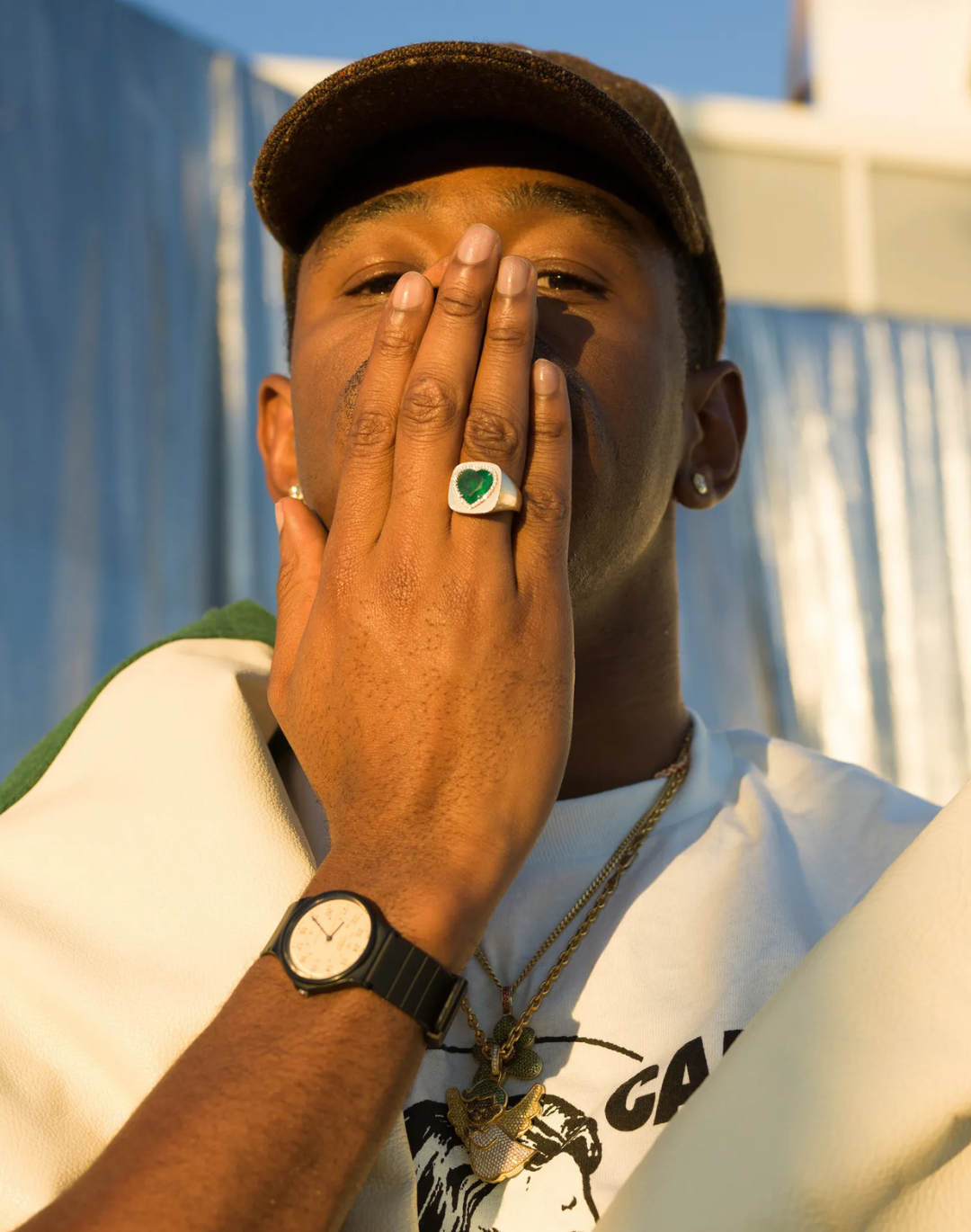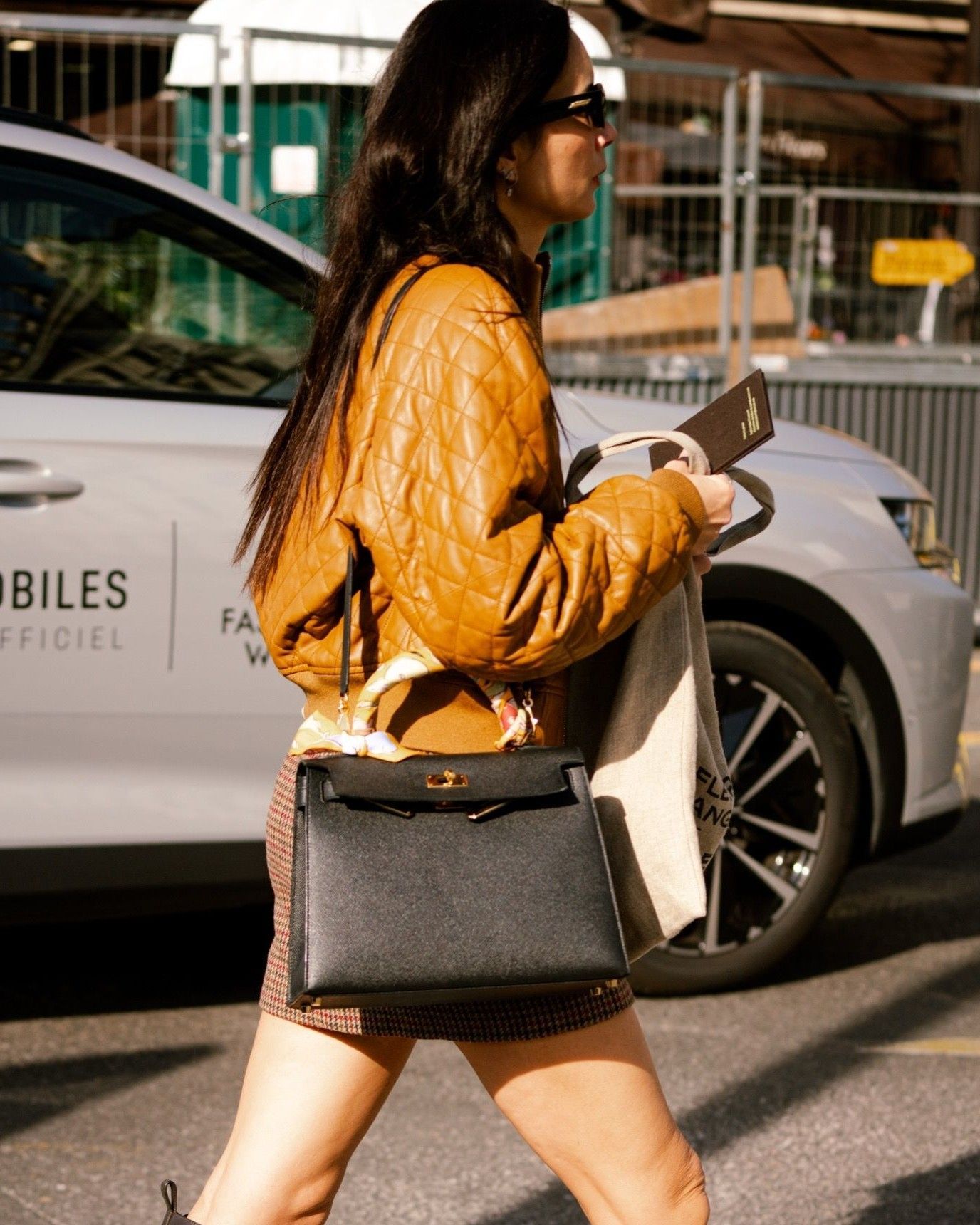
Can Hermès become the new Rolex? Ultra-luxury brands want to challenge luxury watchmaking biggies - but the challenge is tough
Concluding today in Geneva is one of the most important fairs in the luxury watch industry, Watches and Wonders, where the biggest players in the Swiss watch market have presented upcoming collections and new models to approximately 45,000 visitors. While classic luxury Swiss watchmakers (such as Rolex, Vacheron Constantin, Hublot, and Jaeger-LeCoultre) have traditionally dominated the exhibition, this year the presence of two fashion brands, Hermès and Chanel, has been more aggressive than usual. Typically, many fashion brands showcase their watches at Watches and Wonders, usually all Swiss-made, but is it conceivable for an ultra-luxury fashion brand to compete with industry giants and especially erode their market? The challenge is monumental, but perhaps the timing could be right: we are in a critical moment for the luxury watch industry, particularly in Switzerland, where exports fell by 3.8% in February. According to Laurent Dordet, CEO of Hermès Horloger, who discussed the topic with BoF, the challenging commercial moment experienced by this normally static market represents a source of interesting opportunities, especially considering that Hermès watches have been a particularly resilient category in the brand's business, registering a 2.3% growth in 2020 while the entire sector faced a generalized decline of 22%, and in 2023, Hermès once again outpaced the Swiss market, reporting a revenue increase of 23% to €611 million.
The success of Hermès' watch division can be attributed to a combination of factors. Internalized and Swiss-based production for nearly a century (the brand's first partnership with local producer Movado dates back to 1928), product quality and innovation, and, of course, the brand's nearly perfect positioning within the luxury market. Supporting this production is a robust distribution network spanning 100 points of sale, including prestigious Hermès boutiques, which therefore also make the retail network mostly internalized. The growing interest in Hermès' watch offering, with strong products like the H08 sports watch released three years ago, has propelled the brand up the ranks of an industry that is normally very "closed" in terms of customer preferences. Yet, according to Morgan Stanley estimates, Hermès currently holds the 16th spot among Swiss watch manufacturers by turnover. This places it ahead of historical industry brands like Tudor, Panerai, and Van Cleef & Arpels, and it is only behind TAG Heuer – an advancement of ten positions compared to the same analysis conducted by Morgan Stanley in 2020. Furthermore, Morgan Stanley has also classified Hermès as the leading and most solid multi-category luxury brand capable of penetrating the watchmaking sector, along with Bulgari, Chanel, Montblanc, and Louis Vuitton.
@darjanvasic Watch and wonders private event #watchandwonders #geneva #hermes original sound - darjanvasic
The data from Morgan Stanley reported by BoF are certainly indicative: the stagnation of the Chinese market has particularly hindered Swiss watch exports, which in recent years have emerged as a key (if not the only key) player in the global luxury watch market. Karine Szegedi, Managing Partner for the Consumer, Fashion, and Luxury Industry for Deloitte Switzerland, who co-wrote a report cited by Jing Daily recently, highlighted the growing appeal of ultra-luxury watches among the super-rich in China, as despite the drop in exports to China, demand for high-end watches remains robust, with a 9% increase in global exports for watches priced at or above 3000 francs, with 55% of consumers preferring to shop in a physical store. Nevertheless, amid economic slowdown and spending in China and often very long waiting lists for models like the Rolex Daytona or Patek Philippe Nautilus, a significant portion of consumers in China and Hong Kong have been attracted to buying used watches in 2024, primarily driven by economic savings (even though theoretically some used Rolexes have become more expensive than new ones) and the absence of waiting lists.
Supply chain still messed up. Rolex's are in short supply and second hand watch prices are rising
— Paul Cerro (@paulcerro) May 27, 2022
In this sense, Hermès' business model is very functional, given that firstly, the brand's watches, all Swiss-made, cover various price ranges ranging from just over €3,000 to €117,000, thus appealing to both collectors and the brand's more "casual" customers; secondly, 62% of luxury watch purchases take place in a physical store, and thus in the case of "fashion" watches along with all the different products of true Hermès and Chanel, within a much more structured and multi-sectoral retail proposal than the classic watch boutique where usually you enter with a model well in mind and buy with some caution. Buying a watch from Hermès can also be something casual for a VIP customer who perhaps already spends abundantly in boutiques, especially since now even in China you can buy used Rolexes bypassing the process of buying one through official channels. Will Hermès then become the new Rolex? Perhaps not immediately, but let's give them five years.















































